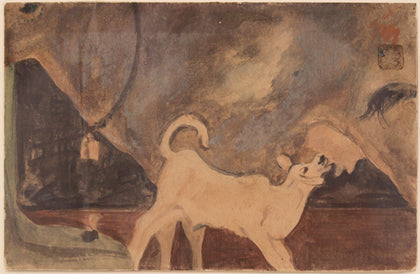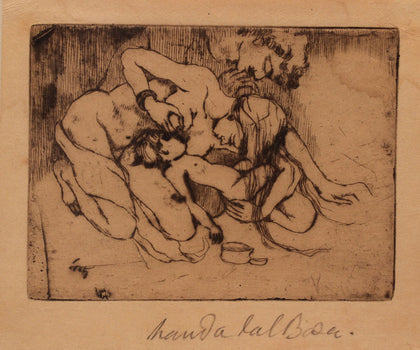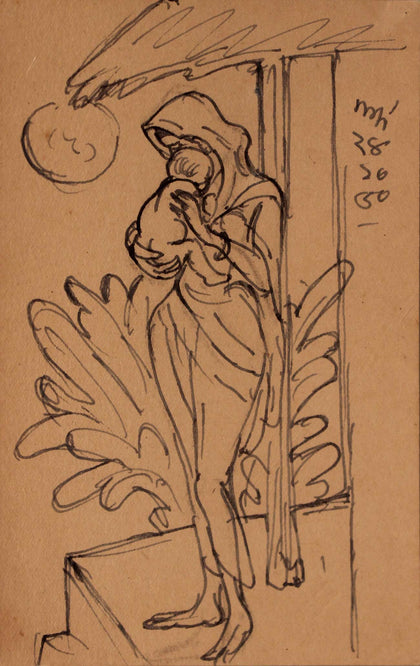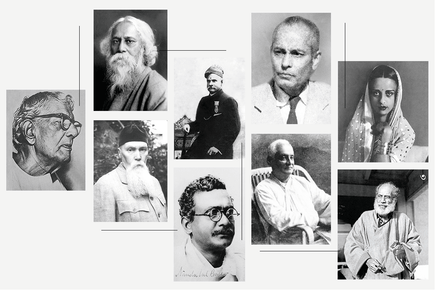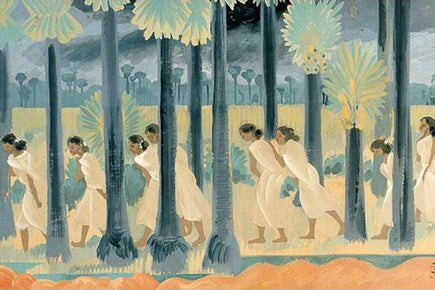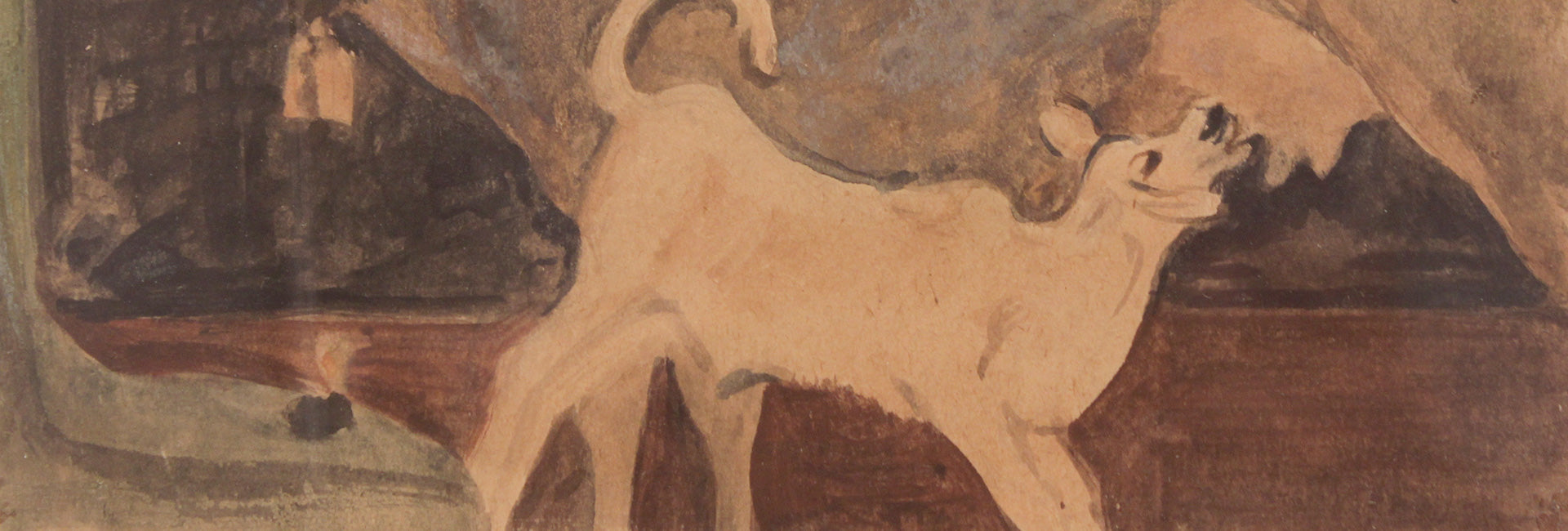
Nandalal Bose

Nandalal Bose, born in 1882 in Bihar, is one of India's most celebrated 20th century artists, who was closely associated with the Bengal School. In 1976, he was declared one of the ‘national treasures’ of Indian Art by the Archaeological Survey of India, which disallowed his works from being sold or auctioned outside India from then on. Nandalal Bose was given the work of illustrating the Constitution of India, which was entirely handcrafted by artists of Santiniketan under his guidance. Jawaharlal Nehru also asked him to illustrate the emblems of Government of India’s awards such as the Bharat Ratna and Padma Shri. He was the recipient of the Padma Vibhushan in 1954.
Nandalal Bose completely shunned the Western academic approach to art that prevailed in his time, and instead, rooted his work in Indian tradition. He had a lifelong friendship with Abanindranath Tagore, which was forged when he trained under him at the Calcutta School of Art in 1905. In 1920, Nandalal Bose joined Kala Bhavan, Santiniketan as a teacher, where he taught many eminent modern artists of India, including K.G. Subramanyan.
A master draughtsman, he explored different media throughout his career, including woodcuts, linocuts, dry point, etching and lithography. He also explored art techniques from the Far East, blending them with his Indian sensibilities. Additionally, he also worked in the wash technique, which he learnt from Japanese artists. Nandalal Bose often depicted women in his art, along with scenes from mythology and rural life. Whether depicting a cobbler at work or a farmer milking a cow, he demonstrated remarkable academic discipline with minimal strokes. Nandalal Bose passed away on 16 April 1966.



















































































